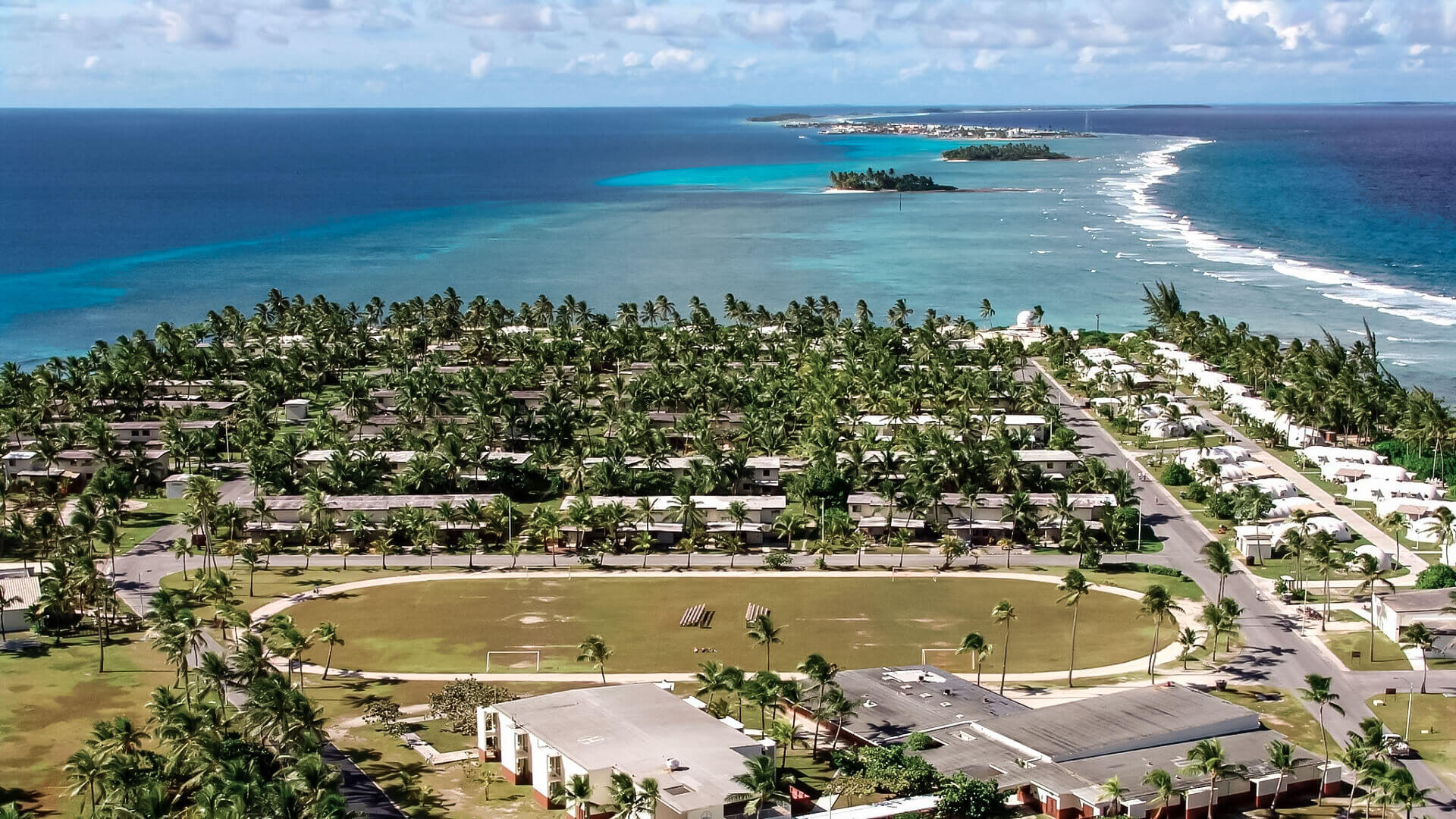Throughout the second millennium BC, Micronesian immigrants progressively colonized the Marshall Islands, with inter-island navigation enabled by ancient stick maps. Europeans began exploring the archipelago in the 1520s, with Spanish explorer Alonso de Salazar seeing an atoll in August 1526. Following that, further missions by Spanish and English ships occurred. The islands are named for British explorer John Marshall, who paid a visit to them in 1788. Historically, the people referred to the islands as “jolet jen Anij” (Gifts from God).
In 1874, the European countries acknowledged Spain’s sovereignty over the islands. They had been officially included into the Spanish East Indies in 1528. Later in 1884, Spain ceded the islands to the German Empire, which included them into German New Guinea in 1885. During World War I, the Empire of Japan seized the Marshall Islands, which were later united with other former German possessions to create the South Pacific Mandate by the League of Nations in 1919. The United States captured the islands during World War II as part of the Gilbert and Marshall Islands campaign. The Marshall Islands, along with the other Pacific Islands, were thereafter included into the US-governed Trust Territory of the Pacific Islands. Under a Compact of Free Association with the United States, self-government was established in 1979 and complete sovereignty in 1986. Since 1991, the Marshall Islands has been a United Nations member state.
Politically, the Marshall Islands is a presidential republic in free association with the United States, with the US providing defense, subsidies, and access to US-based institutions such as the Federal Communications Commission and the United States Postal Service. With limited natural resources, the islands’ prosperity is largely on a service economy, with some fishing and agriculture; US assistance accounts for a significant portion of the islands’ gross domestic product. The country’s currency is the US dollar.
The majority of Marshallese people live in the Marshall Islands, but minor numbers of immigrants come from the United States, China, the Philippines, and other Pacific islands. Marshallese, a Malayo-Polynesian language, and English are the two official languages. Almost the entire population of the islands is religious, with about three-quarters of the population belonging to either the United Church of Christ – Congregational in the Marshall Islands (UCCCMI) or the Assemblies of God.


